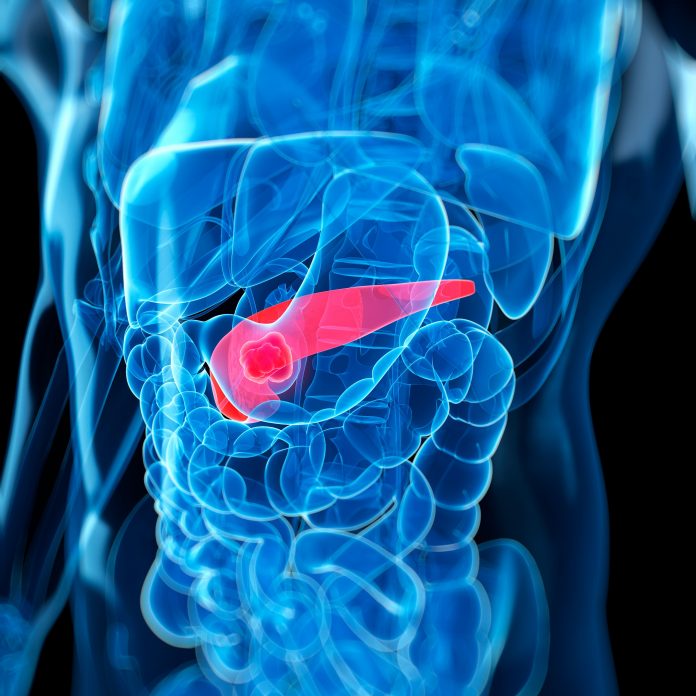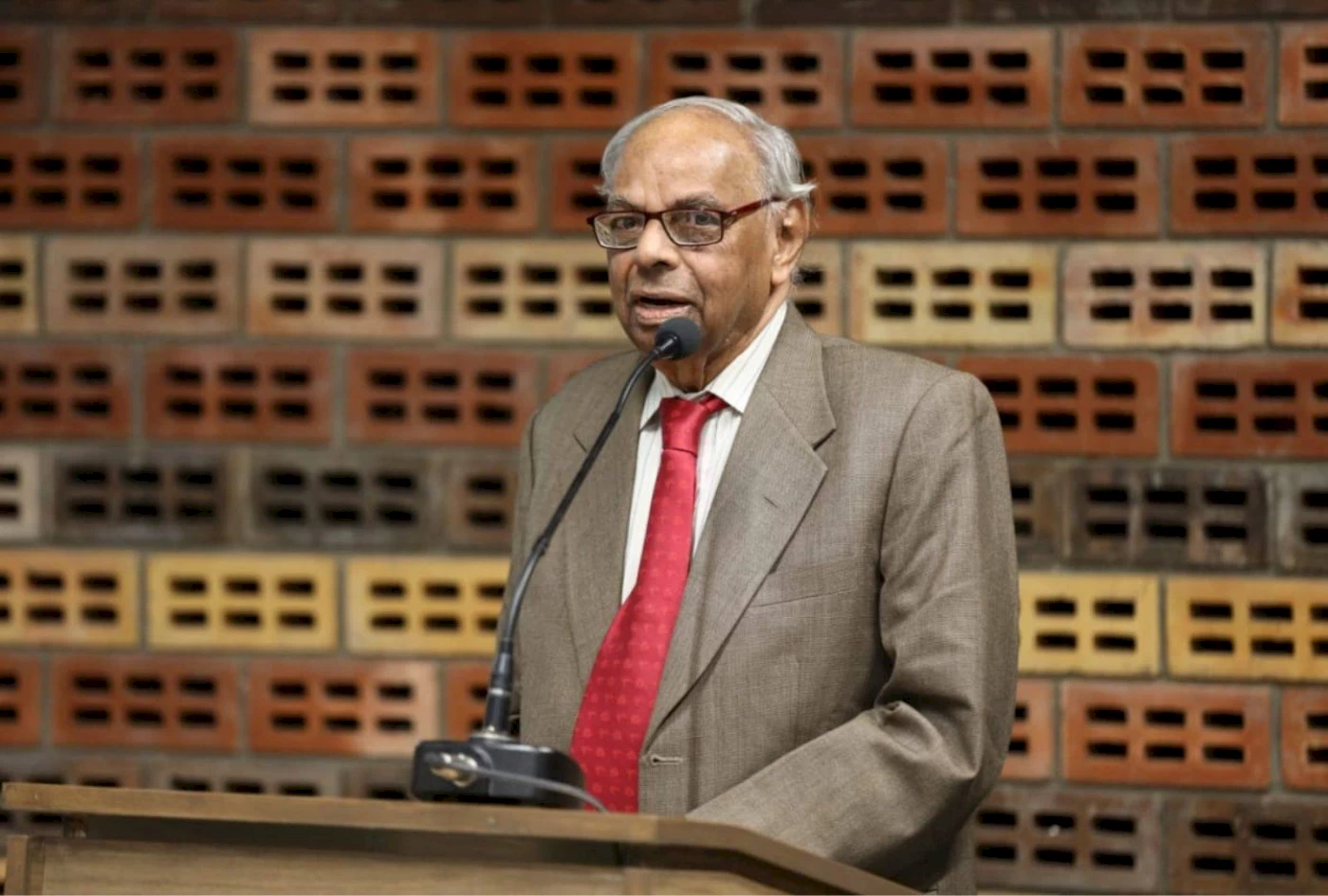Undernutrition is the leading risk factor for TB disease. In 2019, Preeti Sudan, Secretary in the Health Ministry noted letter that undernutrition at the population level contributes to 55% of annual TB incidence in India. A 2022 study noted that 45% of people in India are undernourished, accounting for nearly 1.2 million TB cases each year. Yet, nutrition support became a part of the national TB programme only in April 2018 when Nikshay Poshan Yojana — a direct benefit transfer (DBT) scheme for nutritional support to TB patients — was launched. Under this programme, Rs.500 per month is credited into the account of a person with TB for the duration of treatment.
(For top health news of the day, subscribe to our newsletter Health Matters)
In September 2022, India launched another nutrition support programme called Ni-kshay Mitra to consented TB patients. And in 2022, Tamil Nadu became the first and only State to launch the Differentiated TB Care programme to reduce the mortality rate among TB patients. Severe undernutrition is one of the three parameters used for triaging TB patients at the time of diagnosis.
During triaging as part of the Differentiated TB Care programme, it became evident that 52% of notified TB patients in Tamil Nadu had undernutrition, and 25% had severe undernutrition. If undernutrition among TB patients is so high even in Tamil Nadu, the situation might be far worse in many northern States which have higher levels of undernutrition in the general population.
All the three initiatives provide nutrition support only to TB patients to reduce mortality and not to the family members also to prevent TB disease. The nutrition status of TB patients at the time of diagnosis is largely a reflection of the family’s nutrition level. The 2017 guidance document on nutritional care and support for patients with TB in India had recommended that the family members are provided with a “food basket as they likely to be food insecure, chronically energy deficient and at high risk of contracting TB”. This is yet to become a reality.
The RATIONS trial in Jharkhand has underscored the importance of providing nutrition support to family members to prevent TB disease. In the trial, TB disease among household contacts was prevented in 39% (all forms of TB) to 48% (pulmonary TB) through nutritional support.
Nikshay Poshan Yojana
As per the India TB report 2023, of the 2.4 million notified TB cases, only 1.6 million (66%) received at least one month’s payment in 2022 under the Ni-kshay Poshan Yojana programme. There has been very little increase in the number of beneficiaries in the last three years. For instance, in 2021, only 62.1% of the 2.1 million notified cases in India received at least one payment. In 2020 too, only 62% of notified TB cases received at least one month payment.
In 2022, in Delhi, which has the highest rate of TB burden at nearly 546 cases per 100,000 people, only 44% of beneficiaries received at least one payment. Among the large States, Uttar Pradesh, Madhya Pradesh, and Gujarat had high case notification rates of 218, 214 and nearly 213, respectively. But only 64%, 82%, and 63% of beneficiaries in Uttar Pradesh, Madhya Pradesh, and Gujarat, respectively received at least one payment.
A January 2022 retrospective cohort study carried out during January-September 2019 among 426 patients found that the assistance was not reaching the poorest among the poor who need nutritional support the most due to the lack of basic documents. The study also recorded a delay of 56 days to receive the first instalment. Also, 49% of patients received the last instalment after treatment completion. TB patients perceived the assistance provided under the Ni-kshay Poshan Yojana programme was “insufficient to buy nutritious food throughout the course of treatment”.
month
Please support quality journalism.
Please support quality journalism.










